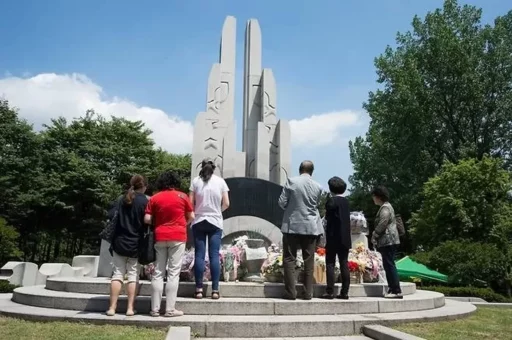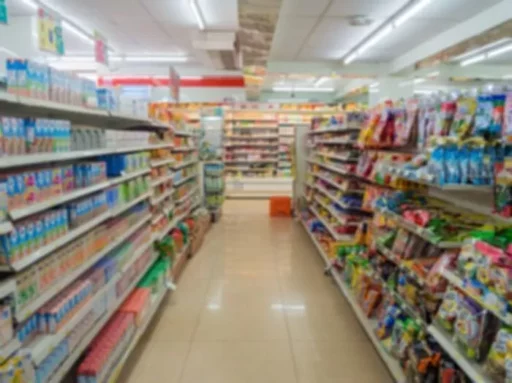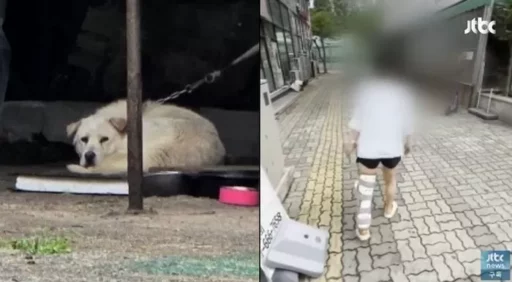The Truth Behind South Korea's Worst Man-Made Disaster: The Sampoong Department Store Collapse
On June 29, 1995, a horrific accident occurred when the Sampoong Department Store in Seocho-gu, Seoul, suddenly collapsed. This incident is recorded as the worst man-made disaster in South Korea's history, resulting in 502 deaths, 937 injuries, and 6 missing persons.
The Sampoong Department Store, which opened in 1989, aimed to be a luxury shopping space targeting the affluent population of Gangnam; however, behind its glamorous façade, serious structural defects were hidden.

During the process of forcibly changing the building's use from an apartment complex to a department store, critical construction flaws occurred, such as making the supporting pillars thinner than necessary and changing the location of the air conditioning cooling towers without any safety assessments, leading to fatal deficiencies.
Fatal Judgments Ignoring Causes of Collapse and Warning Signs
In particular, the large cooling tower installed on the building's roof greatly exceeded the load that the structure could bear, which was identified as one of the main causes of the collapse.
While reckless expansions and internal structural changes were repeatedly carried out to maximize profits, safety inspections were only conducted as a formality or completely ignored.
Months before the incident, cracks were discovered throughout the department store, and concrete chunks were falling from the ceiling, indicating signs of impending collapse. On the morning of June 29, 1995, the very day of the collapse, serious cracks appeared on the column of the 5th-floor food court, and the ceiling was observed to sag. However, the department store management made a fatal decision to only partially close the 4th and 5th floors due to concerns over sales loss, while continuing operations on the other floors.

Ultimately, at 5:57 PM that same day, the ceiling of the 5th-floor food court began to collapse, and the entire building fell within a mere 20 seconds.
The timing coincided with weekday rush hour when many shoppers and employees were inside the building, resulting in even greater loss of life.
The collapse scene was literally a disaster zone.
Rescue teams exerted all efforts to search for survivors, but it was extremely difficult to find anyone alive amidst the massive concrete debris.
This disaster brought deep shock and sorrow to the entire nation, and as it became evident that it was a man-made disaster caused by negligence and systemic administrative failures, it served as a crucial reminder of the importance of safety awareness throughout South Korean society.
Image Source: The scene of the Sampoong Department Store collapse that occurred on June 29, 1995 / News1, the remembrance monument for the Sampoong Department Store tragedy located at Yangjae Citizen’s Forest in Yangjae-dong, Seoul, marking the 20th anniversary of the collapse on June 29, 2015 / News1


